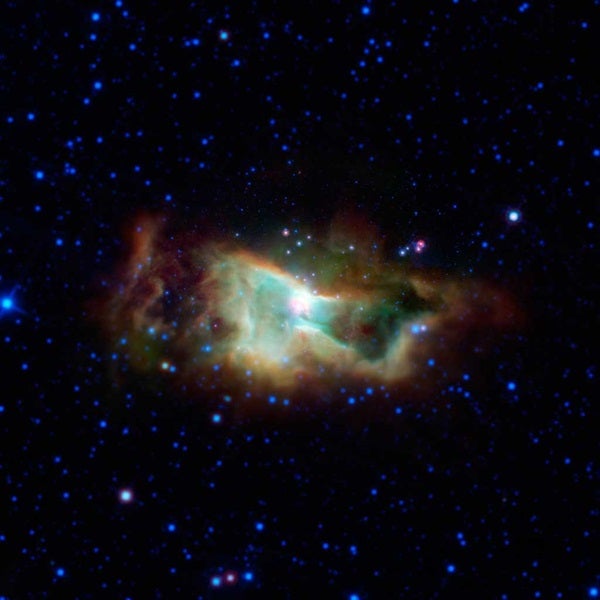Between 2003 and 2005, thanks to its unprecedented sensitivity, NASA’s Spitzer Space Telescope created maps of the telltale PAH signature across large regions of space, from hot regions of harsh ultraviolet (UV) radiation close to stars to cold dark clouds where stars and planets form. By exclusively using their unique collection of authentic PAH spectra, coupled with algorithm-driven, blind-computational analyzes, scientists at Ames were able to interpret the cosmic infrared maps with complex organic molecules. They found that PAHs changed significantly in size, electrical charge, and structure to adjust to the different environment at each spot in the map. Carbon is one of the most abundant atoms in space, and scientists believe that the spectral changes across these maps trace the molecular evolution of carbon across the universe.
“At the time of our discovery, the ‘signature,’ or identifying spectrum, of this unexpected but common infrared (IR) radiation from space hinted that PAHs might be responsible, but we were limited to a handful of small PAHs and very few were available to study,” said Louis Allamandola from Ames. “To test the idea that PAHs were responsible, we measured and computed PAH spectra under astronomical conditions, creating the world’s largest collection of PAH spectra. Today, our collection contains more than 700 PAH spectra.”
To determine the spectral changes across these maps, the astrophysicists used the PAH spectra collected in the PAH IR Spectroscopic Database at Ames. They analyzed the Spitzer infrared map of the Iris Nebula (NGC 7023) that hosts both the extreme environment of a region close to a star and the more shielded, benign environment of a cold molecular cloud.
The new maps showed that small, electrically neutral, irregularly shaped PAHs are most common near the cold molecular cloud that is far from the star that excites PAH emission. However, when PAHs move closer to the exciting star and away from the cold cloud, they become large, symmetric, and are electrically charged. “The large PAHs take over because they are more robust than the smaller, irregularly-shaped PAHs, which are destroyed by the unshielded starlight,” said Christiaan Boersma from Ames.
Finally, these large PAHs are themselves broken down, as they are stripped of hydrogen and become small fragments. At this point, the emission from the dehydrogenated PAHs takes over in the observed region. There were two findings that are especially important: The first is that positively charged, nitrogen-containing PAHs are needed to complete the match between the correct spectral signature and the observed emission, and the second is that dehydrogenation and fragmentation occur close to the exciting star.
“The indication of nitrogen-containing PAHs (PANHs) is significant, as these have not been seriously considered previously,” said Jessee Bregman, also from Ames. “They represent an important class of prebiotic molecules, which are precursors to life. If borne out, this indicates complex nitrogen-containing, aromatic molecules are present across the universe.”
This approach of analyzing the aromatic infrared bands using the spectra of individual PAHs provides new, fundamental information about the UV-driven spatial evolution of PAH subpopulations. It also ties these variations to changes in local conditions such as those due to the physical shape and history of the region, radiation field, etc.
“Spitzer detected the PAH signature across the universe and showed PAHs were already forming only a couple of billion years after the Big Bang,” said Allamandola. “Since PAHs are so sensitive to local conditions, analyzing the PAH bands, as we did here, represents a powerful new astronomical tool to trace the evolution of cosmic carbon and, at the same time, probe conditions across the universe.”










